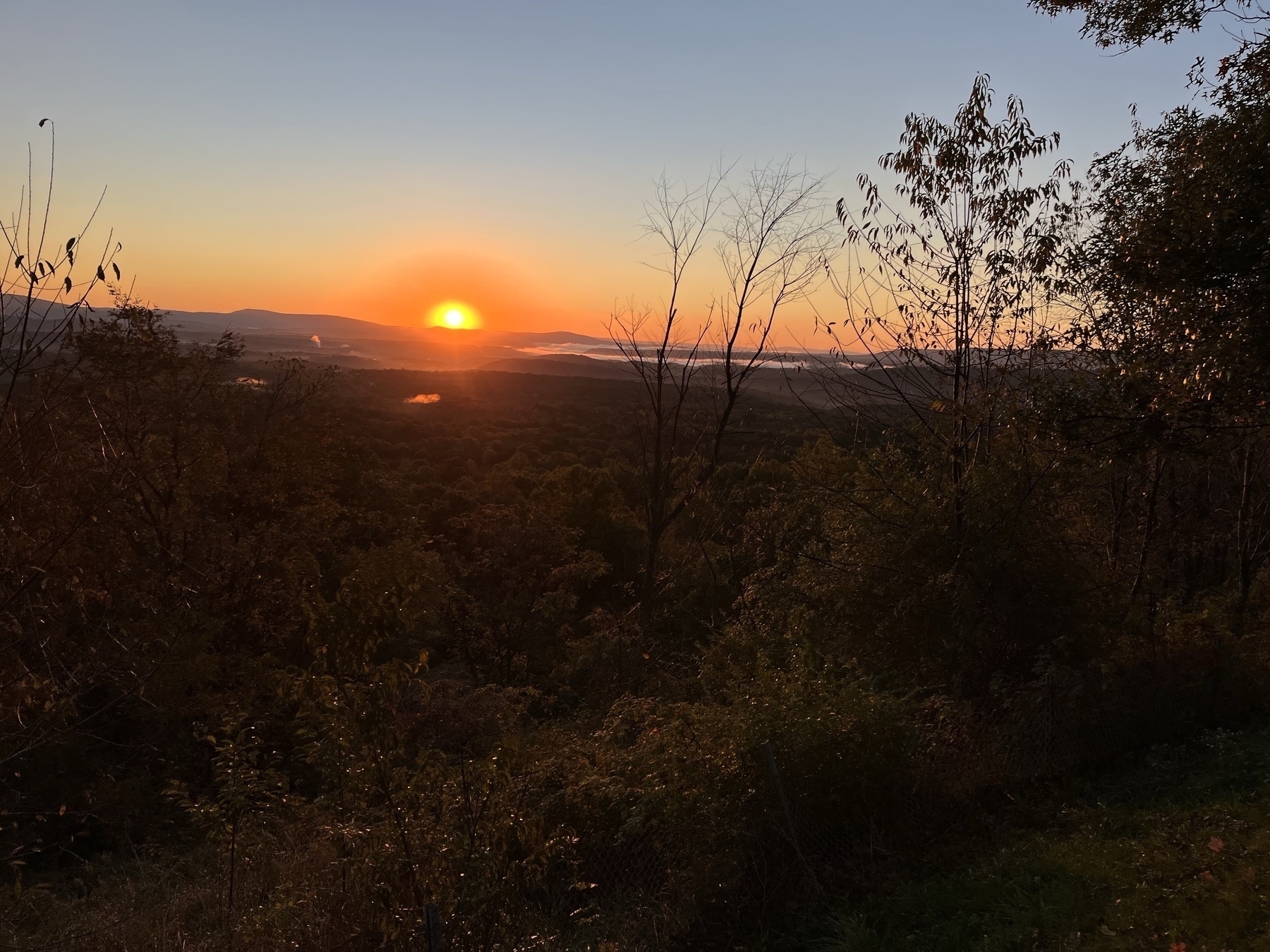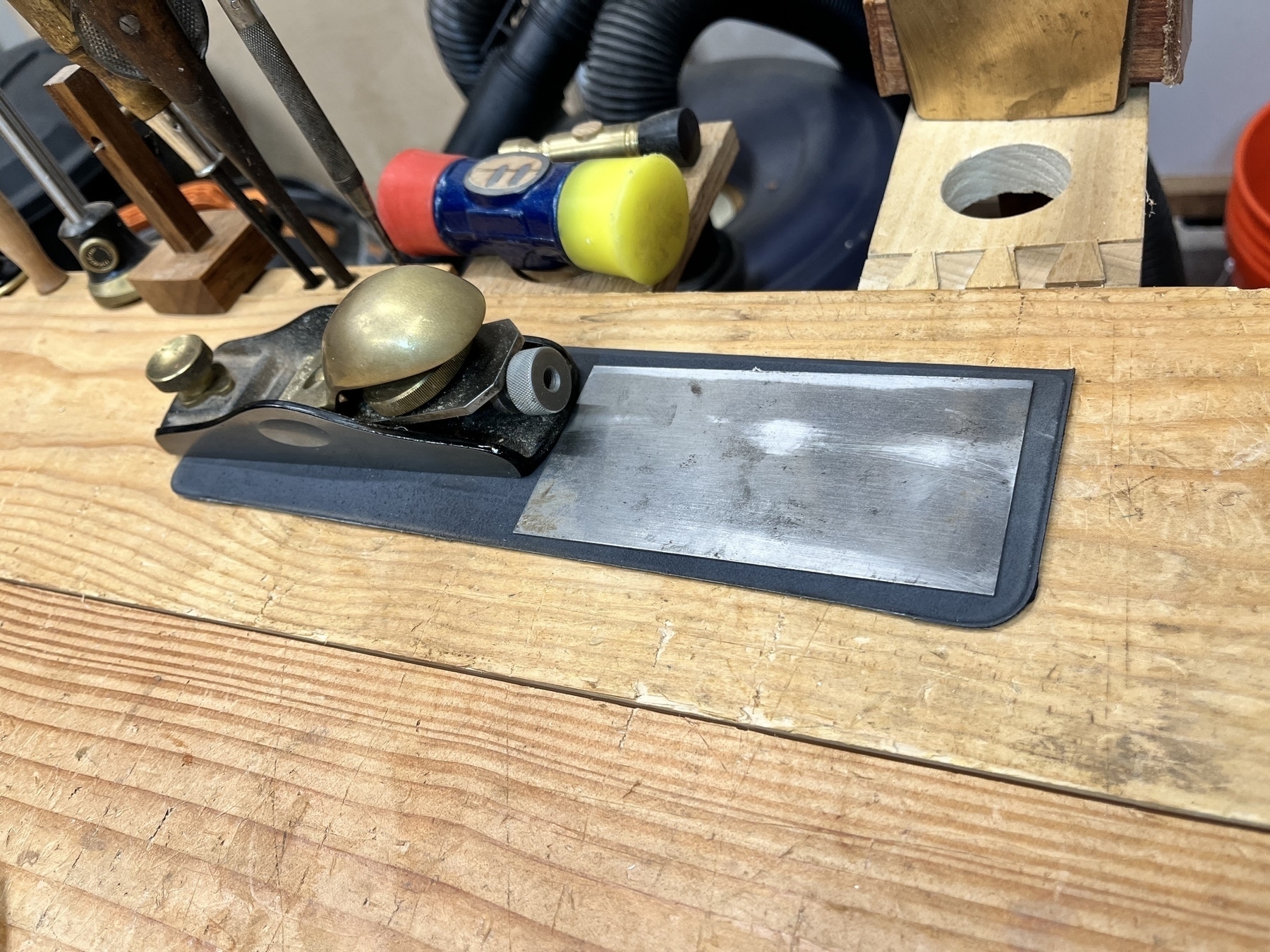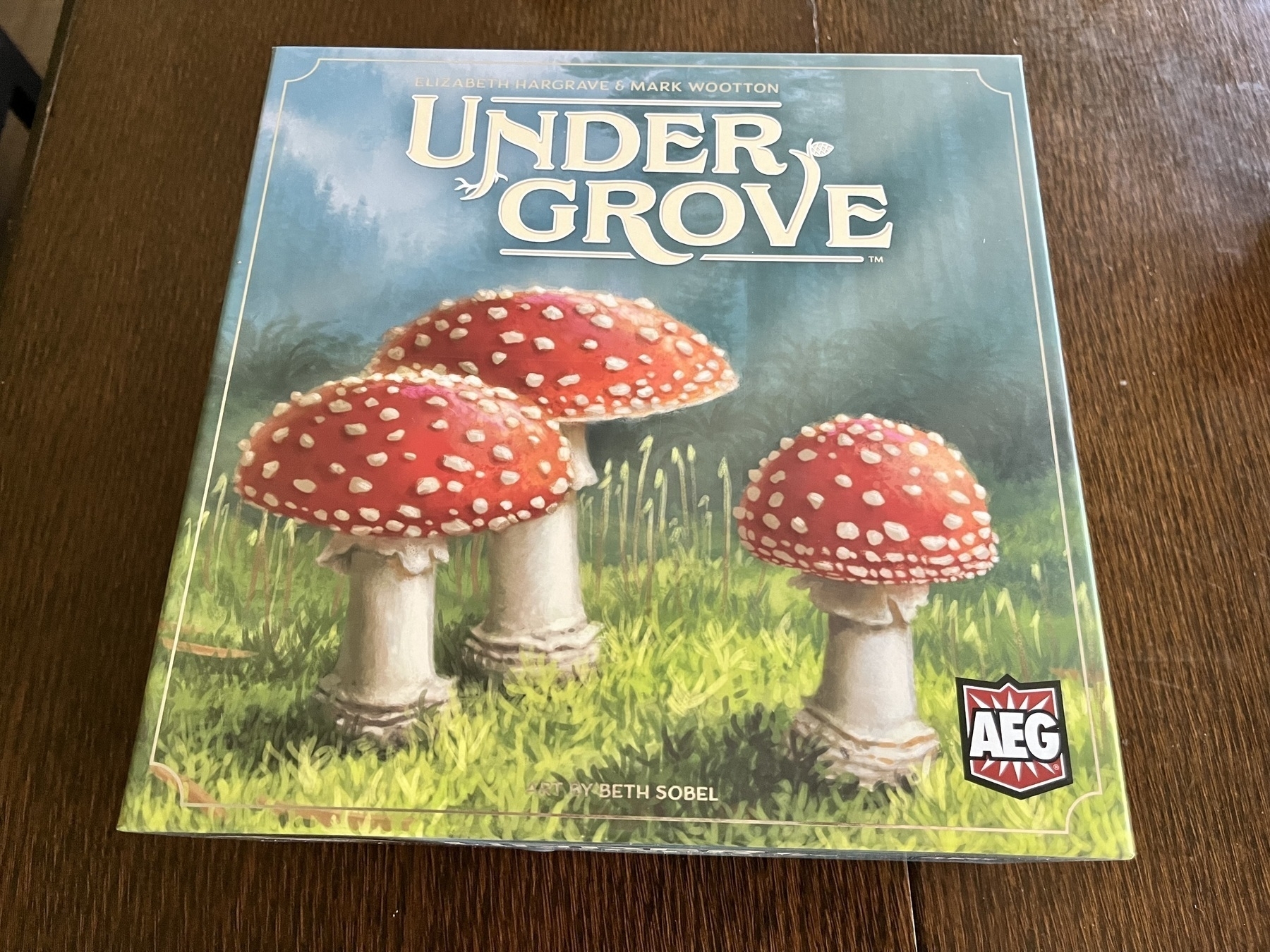Western Maryland, last week. Been meaning to post this because it was an amazingly beautiful morning that this image barely captures. I took this on my way to do some fly fishing on Savage River.

Western Maryland, last week. Been meaning to post this because it was an amazingly beautiful morning that this image barely captures. I took this on my way to do some fly fishing on Savage River.

If you have an old iPad Smart Folio keyboard you no longer need or use, here’s a use for part of it: cut off the magnetic section in the back and use it on your workbench to hold some things. I use mine to hold a card scraper and block plane. It’s a nice holding surface because it’s magnetic and it has a plush top.

Looking forward to trying this out over the weekend.

iStat Menus 7 is a beautiful design refresh. bjango.com/mac/istat…
Interesting idea in the world of fly fishing. I don’t feel the need to measure the length of fish I catch, but for those who do, I can see this as being better for the fish: midcurrent.com/2024/07/3…